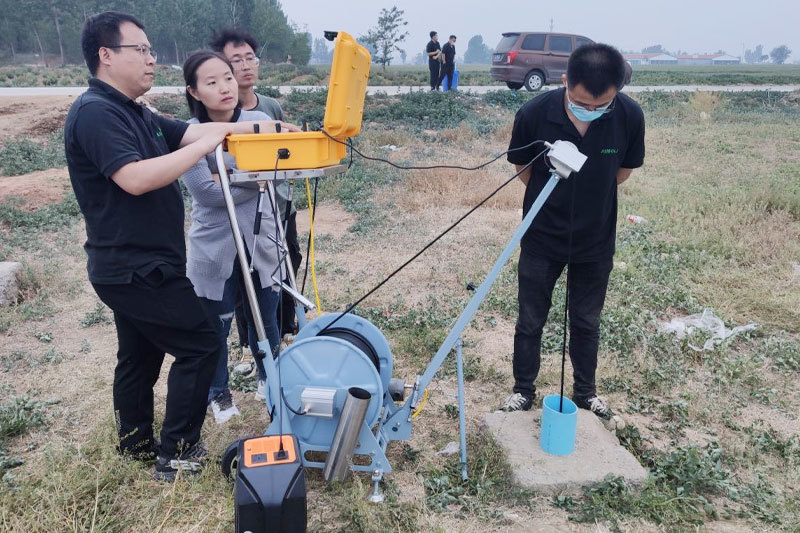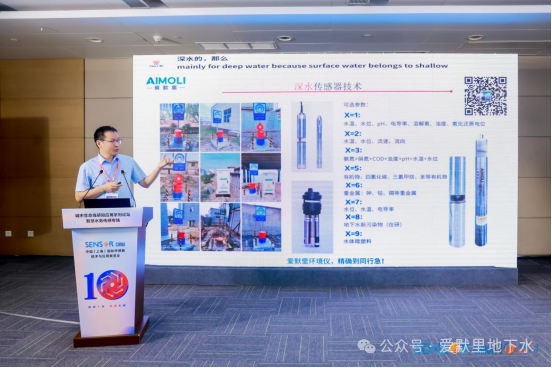Leading Manufacturer of Groundwater Monitoring Instruments in China
Seven major application scenarios of the AML920 groundwater flow velocity and direction meter
Jul 10,2024

Let me briefly explain the main applications of groundwater flow velocity and direction meters:
1. Exploration of groundwater collection areas;
2. Plan the location of monitoring wells and pumping wells;
3. Accurately evaluate groundwater models;
4. Tidal impact research;
5. Industrial hydrological research;
6. Groundwater pollution runoff monitoring;
7. Measure the groundwater flow rate at the micro pore scale;
Now that we understand the application of groundwater flow velocity and direction meters, we also need to understand the precautions to be taken when using groundwater flow velocity and direction meters:
1. In order to provide reliable measurement for the groundwater flow velocity direction meter, the equipment must be used in high-quality standardized sampling wells to avoid backflow rotation and no display of flow velocity.
2. Prior to measurement, the sampling well should be thoroughly cleaned using a flushing pump, pumping pump, and injection pump.
3. Equipment such as specialized water pumps in the sampling well should be removed from the well 24 hours before the measurement begins. This can ensure the hydraulic state of the environment in the well, and at the same time, the water flow turbidity caused by equipment operation in the well can also be eliminated.
4. The groundwater flow velocity and direction meter must be measured within the priority flow area. Combining relevant geological information with appropriate groundwater flow meters is a necessary condition for determining and measuring these priority flow zones. Before measurement, geological information must be consulted for a certain sampling well to select areas with high permeability (such as sandy soil layers). Based on this information, the groundwater flow meter should be placed in the central area of this area.
Before putting the equipment into the sampling well, you can use your own finger to shake around the lens and overhead light to check if the video image is working properly, and then test the equipment before lowering it into the well.
The groundwater flow meter should be uniformly lowered into the well to prevent damage to the well's condition and increase the turbidity of the water quality inside the well. If the turbidity is artificially increased, the camera will not capture any images, and the turbidity in the well may take several hours or even a whole day to restore its original state, resulting in wasted waiting time.
Hot Tags:
Contact Us
E-mail:
Phone/Wechat:
Address:
Fangyi Technology Park, Shijiazhuang High-tech Zone, Hebei Province, China
Related Posts











